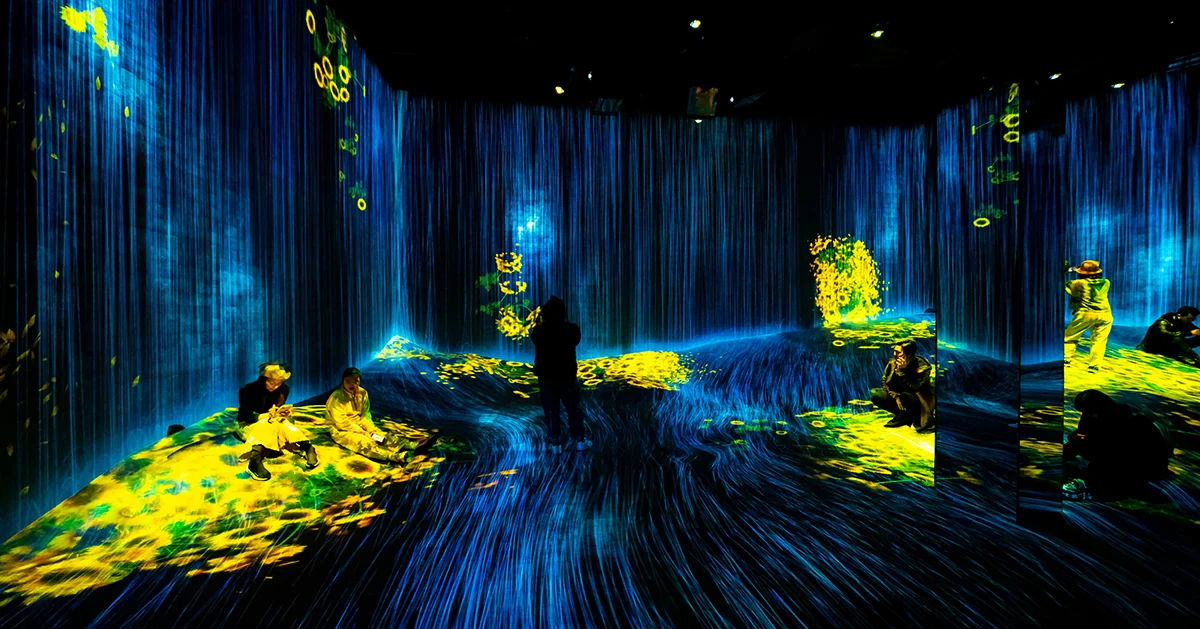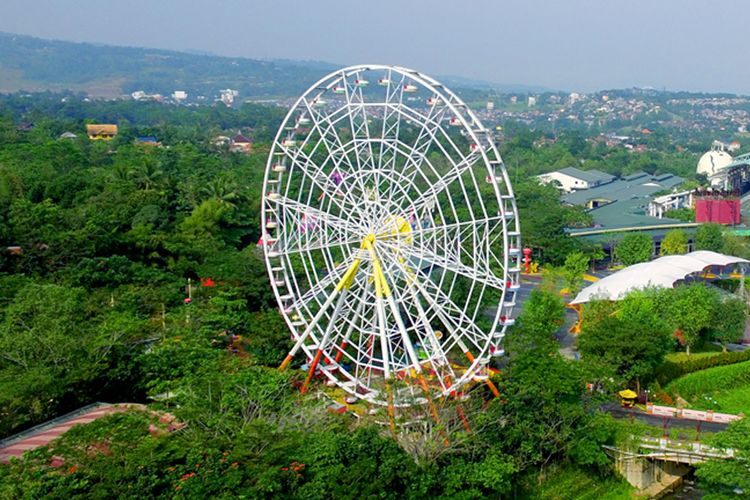
Immersive theming has become a hallmark of modern entertainment and hospitality experiences, captivating audiences and guests with its attention to detail, storytelling prowess, and ability to transport them to fantastical realms. From theme parks and resorts to restaurants, retail spaces, and entertainment venues, imersive theming has revolutionized the way we engage with our surroundings, creating memorable and transformative experiences that linger long after the visit is over. In this article, we’ll explore the concept of immersive theming, its evolution, and its profound impact on the guest experience.

Contents
What is Immersive Theming?
Immersive theming is the art of creating environments, spaces, and experiences that fully engage the senses and transport participants to a fictional world or narrative universe. It goes beyond mere decoration or set design, immersing guests in a carefully crafted story or theme that permeates every aspect of their surroundings. From architecture and interior design to music, lighting, and even the behavior of staff and performers, every element is meticulously designed to enhance the narrative and evoke a sense of wonder and immersion.
Evolution of Immersive Theming:
While the concept of immersive theming has ancient roots in theatrical performances, religious rituals, and cultural celebrations, its modern incarnation can be traced back to the themed entertainment industry of the 20th century. Theme parks such as Disneyland, with its meticulously themed lands and attractions, pioneered the concept of immersive storytelling, setting a new standard for guest experiences. Over the years, advancements in technology, design techniques, and storytelling have elevated imersive theming to new heights, allowing for ever more ambitious and immersive experiences.

Key Elements of Immersive Theming:
Several key elements contribute to the success of immersive theming:
- Storytelling: A compelling narrative serves as the foundation of imersive theming, providing context, purpose, and emotional resonance for the guest experience. Whether it’s a journey through a fantasy realm, a voyage to outer space, or an adventure in a distant time period, the story sets the stage for the immersive experience.
- Attention to Detail: Immersive theming thrives on attention to detail, with every aspect of the environment meticulously designed to reinforce the narrative and enhance the guest experience. From architectural elements and props to signage, costumes, and sound effects, even the smallest details contribute to the overall immersion.
- Interactivity: Immersive experiences often incorporate elements of interactivity, allowing guests to become active participants in the story or environment. Whether it’s solving puzzles, interacting with characters, or making choices that affect the outcome, interactivity enhances engagement and immersion.
- Multisensory Engagement: Immersive theming engages all five senses, creating a fully immersive and sensory-rich experience. From the sights and sounds of the environment to the tactile sensations of props and set pieces, each sensory input adds depth and authenticity to the experience.
Impact on the Guest Experience:
The impact of immersive theming on the guest experience is profound and multifaceted. By transporting guests to a different time, place, or narrative universe, imersive theming fosters a sense jpslot of escapism, allowing them to temporarily leave behind the stresses and routines of everyday life. It stimulates the imagination, sparks curiosity, and encourages exploration, fostering a sense of wonder and discovery. Immersive experiences also create opportunities for emotional connection and social interaction, as guests share in the excitement and adventure of the journey together.
Examples of Immersive Theming:
Numerous examples of immersive theming can be found across various industries and sectors:

- Theme Parks: Disneyland, Universal Studios, and other theme parks are renowned for their immersive themed lands and attractions, which transport guests to worlds inspired by beloved films, stories, and characters.
- Escape Rooms: Escape rooms offer immersive experiences that challenge participants to solve puzzles, uncover clues, and work together to escape from a themed environment, such as a haunted house, a detective’s office, or a spaceship.
- Themed Restaurants: Themed restaurants immerse diners in unique culinary experiences, with decor, ambiance, and menu offerings inspired by a specific theme or concept, such as a medieval tavern, a sci-fi spaceship, or a jungle safari.
- Retail Environments: Retailers use immersive theming to create engaging shopping experiences that transport customers to different worlds or eras, enhancing the allure of the brand and encouraging exploration and discovery.
Conclusion:
In conclusion, immersive theming represents a transformative approach to entertainment, hospitality, and retail experiences, offering guests the opportunity to escape reality and immerse themselves in richly detailed and engaging environments. By combining storytelling, attention to detail, interactivity, and multisensory engagement, immersive theming creates memorable and transformative experiences that captivate the imagination, foster emotional connections, and leave a lasting impression on guests long after the experience is over. As technology continues to evolve and creative boundaries are pushed ever further, the potential for imersive theming to delight and inspire audiences is virtually limitless, promising a future filled with wonder, adventure, and enchantment.
Read More Article About “Matcha Latte: Exploring the Green Tea Trend Sweeping Cafés“







